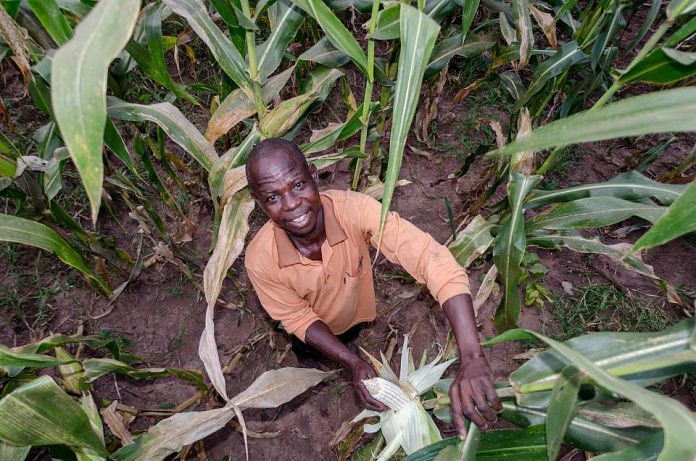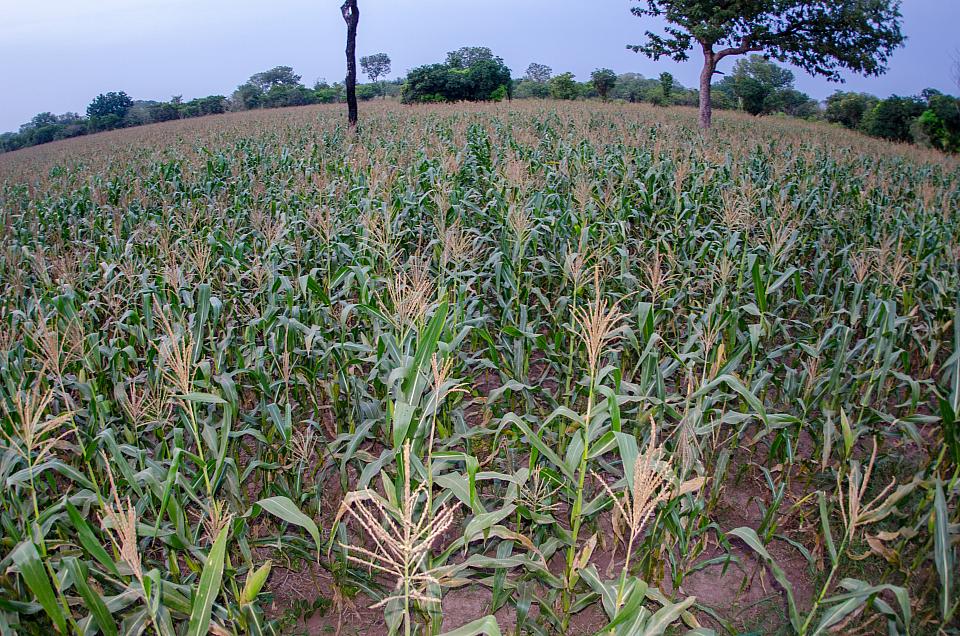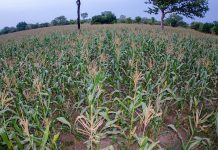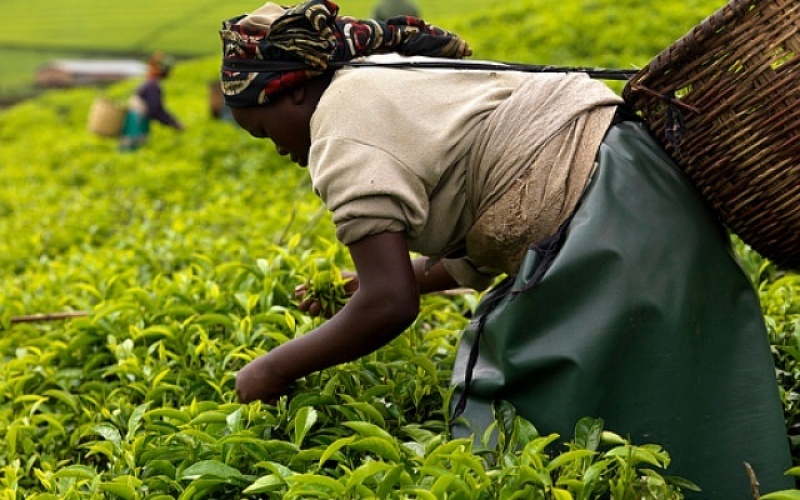
The predominant business in rural areas is farming. In Africa, although they hold the key to ending poverty and hunger, the majority of smallholder farmers are themselves poor.
Africa’s poverty reduction and food security efforts have been linked to investments in improved seeds, machinery, technologies, knowledge and training that increase productivity and open up access to markets.
In Ghana the government’s flagship program, Planting for Food and Jobs (PFJ), a first in the history of the West African Country, has enrolled 600,000 farmers who have received farm inputs at half the price on the market. The Program has also made huge investments in extension services to support farmers’ production and increased yields.
This is in line with the Partnership for Inclusive Agricultural Transformation (PIATA), a program involving AGRA, Rockefeller Foundation, the Bill & Melinda Gates Foundation and the United States Agency for International Development (USAID) to stimulate agricultural development as a tool for inclusive poverty reduction for 30 million smallholder African farm households.
The $280 million program is stimulating agricultural development in 11 African countries, including Ghana by advocating for increased linkages between smallholder farmers and agribusiness to create economic opportunity.
It embodies the principles of the 2014 Malabo Declaration on Accelerated Agricultural Growth and Transformation for Shared Prosperity and Improved Livelihoods where the African Union (AU) pledged to end hunger by 2025. PIATA also corresponds to the AU’s national economic strategy, ensuring seamless implementation of the initiative.
However, government cannot succeed alone in this venture. Partnerships with private sector are necessary to link farmers to inputs, markets and to leverage capital and organizational know-how.
“Planting for Food and Jobs is a private-sector led activity,” says Seth Osei Akoto, Director of Ghana’s Crop Services. “In as much as PFJ is a government program, we are work through private sector organizations and establishments.”

One of such private sector partnerships is the Smallholder Inclusivity and Productivity for Market Access (SIPMA), a three-year project funded by AGRA. This consortium is focused on unlocking the maize and soya bean value chains to create market access for smallholder farmers.
Consisting of five organizations, SIPMA incorporates Agribusiness in Sustainable Natural African Plant Product, ASNAPP which focuses on capacity-building for smallholder farmers; Yedent an agro-processing company that serves as the market for smallholder farmers; while UCL focuses on farmer registration, Africa Fertilizer and Agribusiness Partnership, AFAP focuses on training agro-chemical input dealers and Savana Agriculture Research Institute (SARI) represents the seed companies.
Under SIPMA, smallholder farmers are important partners. They are effective participants in the value chains both as suppliers and customers, says Juliana Asante Dartey, Country Director for ASNAPP.
How it works
Aggregation is an effective method of reducing the risk in agriculture and strengthening the livelihoods of smallholder farmers giving them a better capacity for and access to technical know-how on crop planning and management, inputs, credit, post-harvest management, value addition, marketing infrastructure and better market linkages. The aggregation approach addresses the challenges of access to investment, technology, quality inputs and integration with markets that would otherwise have been out of reach for smallholder farmers, and creates an environment for productivity and profitability.
Thus, the off-taker works with aggregators who maintain a network of smallholder farmers to push input credit onto the farmers. The aggregators bear the responsibility of ensuring that farmers pay back their loans from a portion of their harvest. The surplus is sold to the off-taker at the farmer’s discretion.
Yedent is the off-taker in this arrangement, producing industrial raw material and nutritional products from maize and legumes. It is the lead market under the SIPMA project. The arrangement under SIPMA guarantees Yedent a constant supply of raw materials for processing and value addition.

“For us, the partnership enables us directly to secure maize, and it will deepen our relationship with farmers,” explains Kwame Ntim Adu, CEO, Yedent. “All in all, we think that raw material shortages that caused us to shut our factory for three months this year are a thing of the past.”
In Sukuumu in the Brong Ahafo Region of Ghana, Emmanuel Tetteh Bio inspects his cobs on his farm with a grin. He is one of the 31,000 farmers that have received input credit under the program.
He moves from one field to the other in awe as he compares the progress of the growing maize plants. He had planted an acre each of local seeds and improved seeds respectively, and the difference is clear to the naked eye, he says. What excites him the most is the assured market at harvest time that will enable him pay back the input loan he received.
However, the success of the program hinges on farmers like Bio paying back. For this reason, the inputs are only extended to farmers that have demonstrated a credible track record. To this end, Asante Dartey is confident of a good recovery record this year. It also creates confidence in a system that can be sustained even after the SIPMA project ends.
She is calling for stronger collaboration between the government and the private sector for an effective system of distribution of inputs and loan recovery under the Planting for Food and Jobs initiative.
“If we get more private sector participation, it takes off some of the risk associated with credit schemes,” she observes.
Source: Ghana/Starrfmonline.com/103.5FM




